
|
Osteoporotic Vertebral Compression Fractures (VCF) |
|
OSTEOPOROSIS AND THE SPINE |
|
Copyright © 2008 Spine Care Hong Kong |


|
SPINE CARE HONG KONG |
|
ACCURATE DIAGNOSIS, STRUCTURED TREATMENT |
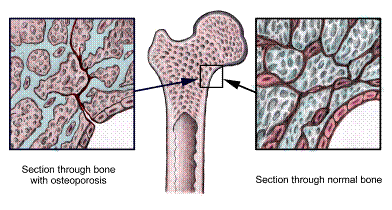
|
Bone mass or bone mineral density (BMD) refers to grams of bone mineral — specifically hydroxyapatite — per square centimeter of bone cross-section and is expressed in units of g/cm2. However, there is a limitation as BMD is a two-dimensional image of a three-dimensional object. T-Score and Z-Score A patient's BMD, measured by densitometry and expressed in g/cm2, is compared with a "normal value." The normal value is the mean BMD of sex-matched young adults at their peak bone mass, sometimes referred to as the "young adult mean." When compared with the normal value, a patient's BMD can be expressed in terms of the number of standard deviations (SD) from the normal value. A convenient way to express this is a T-score. The Z-score compares a patient's BMD in a different way, it is matched to individuals of the same age and sex.
OSTEOPOROSIS WHO Classification
Normal: BMD or bone mineral content (BMC) not more than 1 SD below the young adult mean (T-score above -1). Osteopenia (or low bone mass): or BMC between 1 and 2.5 SD below young adult mean (T-score between -1 and -2.5). Osteoporosis: BMD or BMC 2.5 SD or more below the young adult mean (T-score at or below -2.5). Severe osteoporosis (or established osteoporosis): BMD or BMC 2.5 SD or more below the young adult mean in the presence of one or more fragility fractures. |
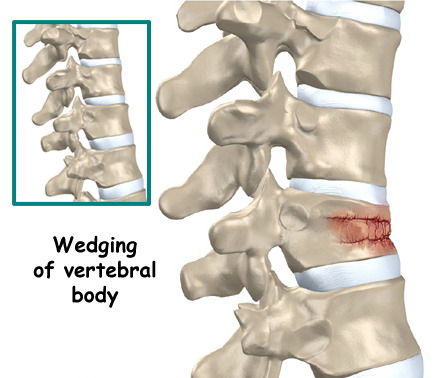
|
As a vertebra collapses due to inadequate bone integrity, patients often complain of back pain, in addition a wedging or kyphotic deformity of the spine develops, this may result in a progressive humpback deformity that we often see in elderly patients. The center of gravity is progressively shifted forwards, passing anterior to the spine increasing the loading of the anterior column of the spine due to the longer moment arm, the risk of further collapse is thus increased, this is in addition to the effects of inactivity after a vertebral compression fracture, again worsening the onset of osteoporosis. A downward spiral may ensue:
|
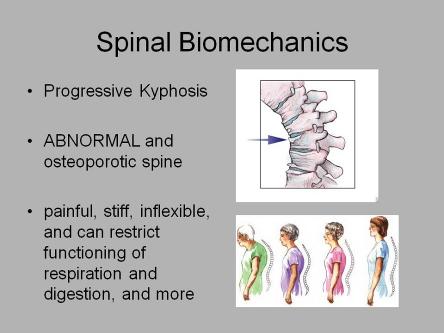
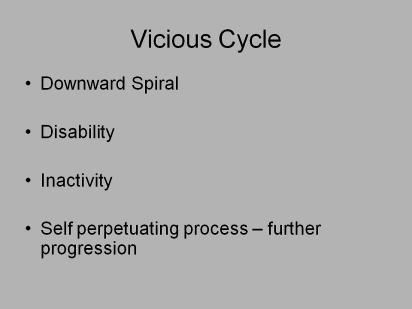
|
Risk Factors for Osteoporosis Decrease in the levels of hormones (estrogen and testosterone) in the body Lack of physical activity Lack of calcium and vitamin D Smoking Excessive alcohol use Certain medications |
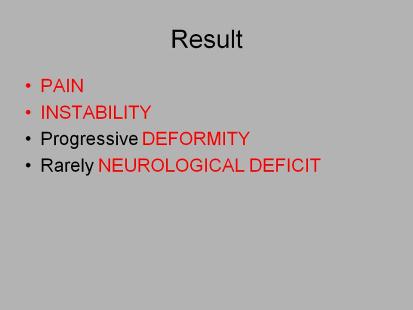
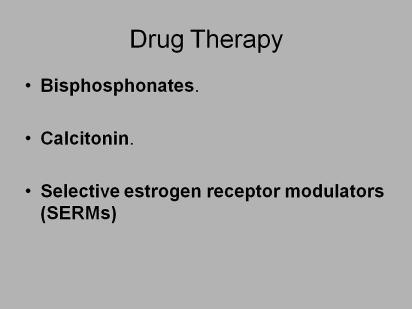
|
Interventional Treatment Options Click here to proceed |
